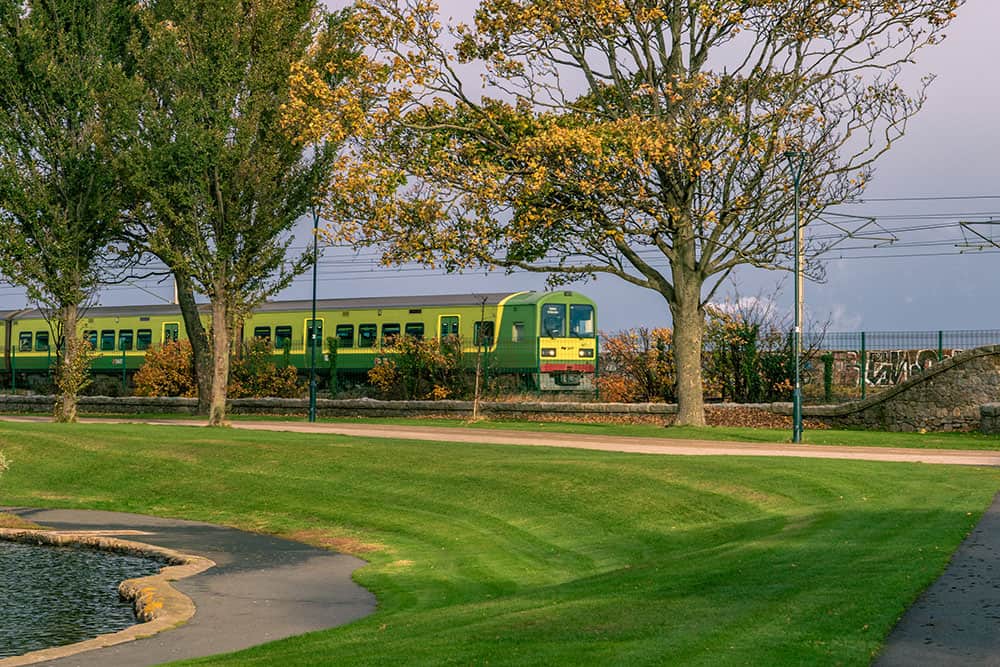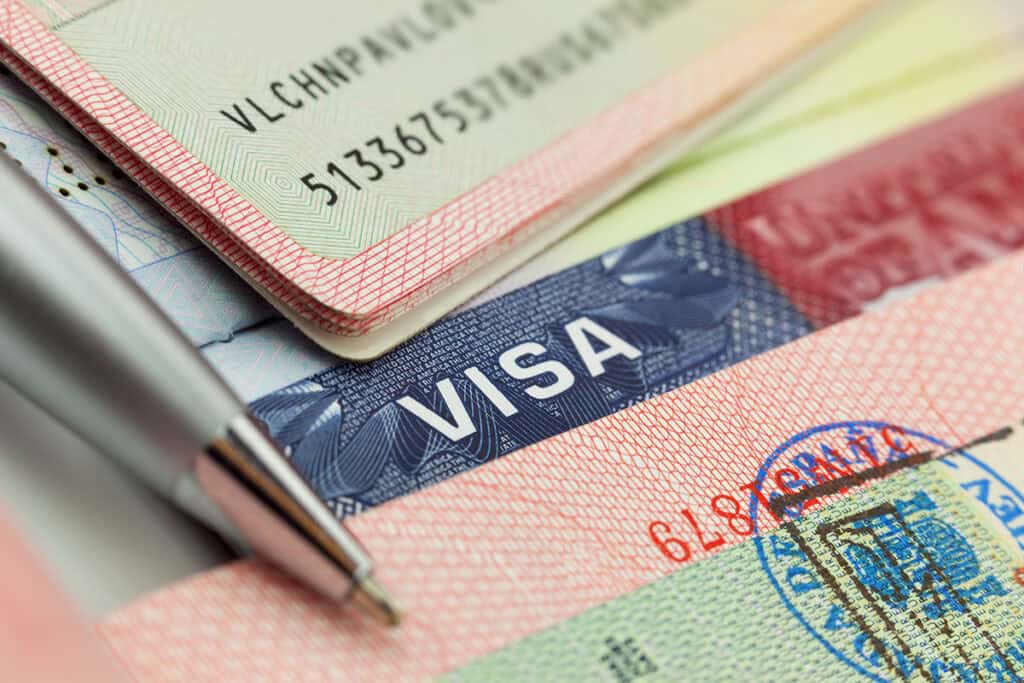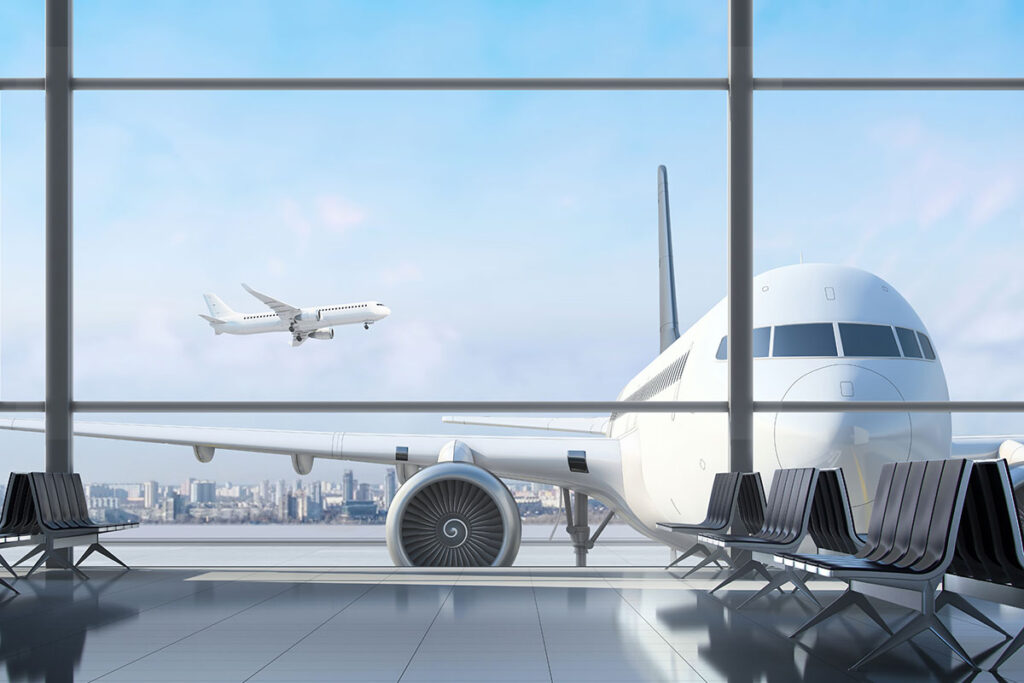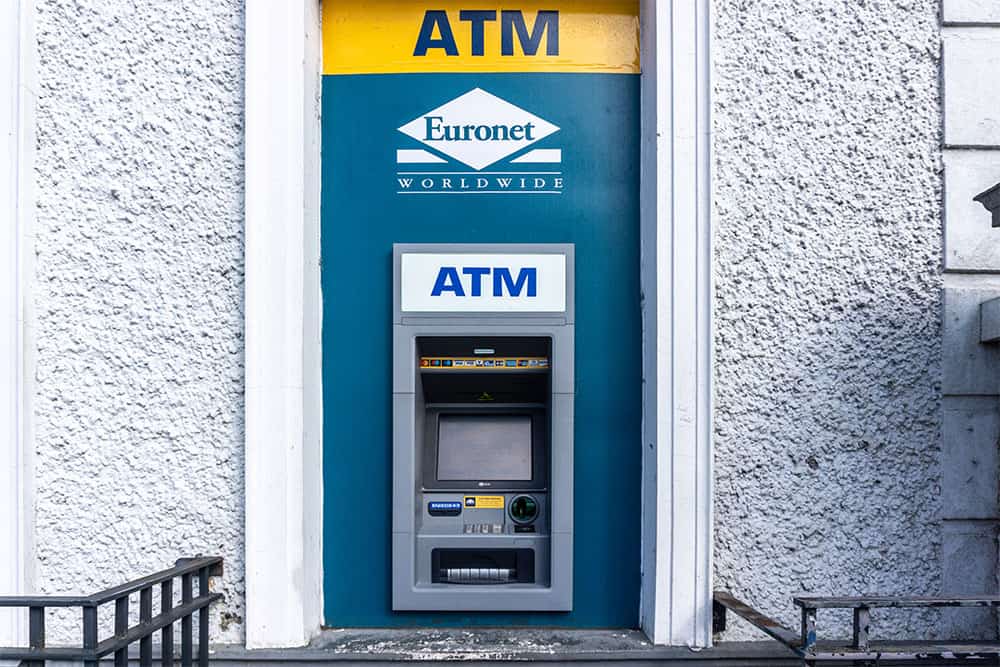
There is NO parking available within the RDS venue during the event. The RDS utilizes a UCD carpark which is a paid parking facility.
A free shuttle bus will run from the carpark to the show and back at regular intervals throughout the day, approximately every 20 minutes depending on traffic. HERE.

The Dublin Horse Show is staged at the RDS which is situated in the heart of Dublin in Ballsbridge. RDS is on the main bus routes, the suburban rail line (DART), close to the major ports, only 10 miles from the airport and on the Aircoach bus route.
Public Transport: The closest public transportation stations to the Dublin Horse Show (RDS) are Lansdowne Road and Sandymount DART (Dublin Area Rapid Transit) stations. Both are a short walk from the RDS.
Bus: The 702 and 703 Aircoach buses run from outside the airport and stop on Merrion Road.
The journey costs €13 return for an adult and €5 return for a child.
For more information CLICK HERE.
Dublin Bus routes #4, #7, #7A, and the S2 all have stops near the RDS entrance on Merrion Road.
Train: DART Family Tickets for €20 return.
Take the family by DART for €20 return. A Family 1 Day Rail only ticket is available from station ticket machines and ticket offices. It allows a family of 2 adults and up to 4 children (children aged between 3-15years old, children under 3 travel free) to unlimited travel on DART and commuter rail in the short hop zone in and around Dublin for that day.
For more information on Family Dart and train tickets, CLICK HERE.
Taxi: Taxis are available at the Taxi rank outside Arrivals at the Dublin Airport. Expect to pay between €30 and €40. Taxis use meters calculated by distance and time.
Rental Vehicles: For automatic vehicles, it is recommended to book the rental car with a large rental agency at the airport.

Average weather for August
Dublin in August can experience all four seasons in one day, with mild daytime temperatures (averaging highs of 18°C/64°F) and cooler evenings, as well as the possibility of summer showers. The key to packing is layering to accommodate the changeable weather.
A lightweight, packable, and waterproof rain jacket with a hood is a must to deal with sudden showers.
Best practice is to utilize bottled water. Stay away from raw foods and un-bottled drinks, unless in a reputable restaurant as a precaution.

Due to start in October 2025, U.S. citizens and non-E.U. nationals will need to complete The Entry/Exit System (EES) for all short-term stays to European countries. Registration and biometric data collection will be completed at a border control kiosk at the arrival airport. More information about EES can be found HERE. Please be sure to check any visa requirements.
When traveling abroad, U.S. citizens may enroll in the Smart Traveler Enrollment Program (STEP). Visit travel.state.gov for more information.

Dublin Airport (DUB) – 10 mi / 16.1 km from the venue

In accordance with the CDC and USOPC recommendations, you may want to consider getting the seasonal flu vaccine. Please note it takes approximately two (2) weeks to maximize immunity.
Dublin, capital of the Republic of Ireland, is on Ireland’s east coast at the mouth of the River Liffey. Its historic buildings include Dublin Castle, dating to the 13th century, and imposing St. Patrick’s Cathedral, founded in 1191. City parks include landscaped St. Stephen’s Green and huge Phoenix Park, containing Dublin Zoo. The National Museum of Ireland explores Irish heritage and culture.
For information on travel and attraction opportunities throughout Ireland, CLICK HERE.
There are many local accommodation options. Below is a non-extensive list of nearby hotels. For additional accommodation options, please CLICK HERE.
| NAME | ADDRESS | DISTANCE FROM VENUE |
|---|---|---|
| St. Vincent’s Hospital | Elm Park, Dublin 4, D04 T6F4, Ireland | Website |
Ireland is generally considered a safe country for tourists and residents. It consistently ranks high on global peace and safety indices, with a low crime rate compared to many other European countries. While larger cities like Dublin may have some areas where visitors should be more cautious, particularly at night, the overall atmosphere is welcoming and friendly.
Areas to avoid: Some neighborhoods, like Tallaght, Ballymun, Pearse Street, and parts of the North Inner City, have higher crime rates and are best approached with caution, especially at night. Areas like Donnybrook, Ballsbridge, Malahide, and Howth are generally considered safer with lower crime rates.
Avoid isolated areas when on foot, especially after dark. It is recommended to only use a trusted taxi or an app-based taxi service. Do not hail a taxi on the street.
Assailants usually target victims for their smartphones, wallets, or purses. If confronted by someone with a weapon, it is best not to resist.
It is best to use ATMs inside banks instead of ATMs that are more accessible to passers-by and all banks advise customers to cover ATM keypads with their hands when entering codes. When making credit card transactions, travelers should expect the vendor to use a credit card reader in their presence.

The key to good security is vigilance. Be aware of what is happening around you and always pay attention to anything that appears unusual or out of place. This includes people who appear nervous about their surroundings.

ATM (cash) machines are located at most banks and in cities, towns and villages, and accept most credit and debit cards. If you hear mention of a “hole in the wall,” it is an ATM!
Ireland is a country that is moving toward being a cashless society. Therefore, it is likely that you will find places in Dublin accepting only card or digital payments.


Office hours: Business hours are typically Monday through Friday from approximately 8:00 am to 4:00 pm or 9:00 am to 5:00 pm.
Banks: Hours are generally Monday to Friday, 9:00 am to 5:00 pm, with some branches extending their hours to 5:30 pm. Most banks are closed on weekends, although some may offer limited Saturday hours for specific services.
Shops: Most shops typically open between 9:00 am and 10:00 am and close between 5:00 pm and 6:00 pm, Monday through Saturday. Most shops are open between noon and 6:00 pm on Saturday.
Shopping centers: Usually have longer opening hours than individual shops.

In Ireland, there are two currencies you’ll need depending on where you travel. The euro is used in the Republic of Ireland. In Northern Ireland, pound sterling is the official currency.
Should you wish to exchange currency, you have the following options:
Dedicated Currency Exchange Providers

It’s recommended to use ATMs, credit cards, or debit cards for transactions in Dublin and Ireland as a whole.
Traveler’s checks are not commonly used or recommended in Ireland. They have become largely obsolete due to the prevalence of credit and debit cards, and mobile payment systems. While some exchange services might still accept them, the exchange rates are often unfavorable.
Tipping in Ireland is generally appreciated but not expected, especially in comparison to the United States. While service workers in Ireland receive a standard wage, tipping is a common way to show appreciation for good service.
Here’s a more detailed breakdown:

When traveling abroad, U.S. citizens may enroll in the Smart Traveler Enrollment Program (STEP). Visit travel.state.gov for more information.
U.S. citizens with emergencies can call: (030)8305-0
Outside of office hours, call: 01149(30)8305-0
Outside of Germany: 01149(30)8305-0

Should you need to contact the U.S. consulate/embassy, the nearest one is the U.S. Embassy in Dublin. To search other consulate locations, CLICK HERE.
U.S. Embassy Dublin
42 Elgin Road
Ballsbridge Dublin 4
Telephone: +353 1 668-8777
Email: dubliniv@state.gov
Website: U.S. Embassy Dublin

While Ireland has two official languages, English is the most widely spoken. Irish, also known as Gaelic, is the first official language and is spoken by a smaller percentage of the population.

Cellphone reception in Dublin is generally reliable. 5G coverage is available in most major cities and towns, with ongoing expansion into more areas. Contact your phone provider for more information on Sim Cards and International Data Plans.
Free WiFi is widely available in Ireland.

Power in Ireland operates on a 230-volt current and a 50 hertz frequency. Electricity will be supplied through a Type G plug, which has three rectangular pins in a triangular pattern.
Travelers from countries with different plug types (like the US, which uses Type A and B) will need a Type G adapter, or a universal adapter that can handle multiple plug types if you’re traveling to other countries as well.
Universal Power Adapters can easily be purchased before travel.

Irish cuisine is known for its hearty and comforting dishes, often featuring ingredients like potatoes, lamb, beef, and seafood.
This is just a sample of restaurants in the area. For a more extensive list CLICK HERE.
| RESTAURANT | ADDRESS | WEBSITE |
|---|---|---|
| Trocadero | No. 4, St Andrew's St, Dublin 2, D02 PD30, Ireland | Website |
| Chapter One | 18-19 Parnell Square N, Rotunda Dublin 1, D01 T3V8, Ireland | Website |
| The Stags Head | 1 Dame Ct, Dublin, D02 TW84, Ireland | Website |